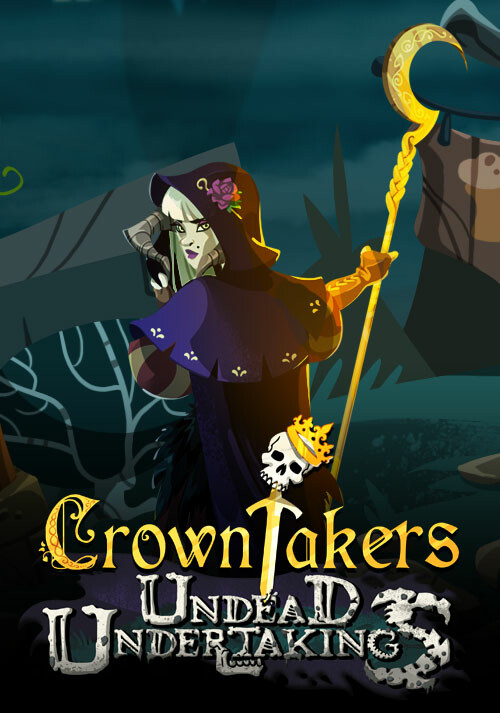

White audiences joined in the singing until the theater shook with laughing, foot-stomping, hand-clapping people.Īmerica’s cities mushroomed after 1820, and American show business grew along with them. Harvard Theatre Collection.īut it was no accident that the blackface minstrel show developed in the decades before the Civil War, when slavery was often the central public issue, no accident that it dominated show business until the 1880’s, when white America made crucial decisions about the status of blacks, and no accident that after the minstrel show died, the basic stereotypes it had nurtured endured-the happy, banjo-strumming plantation “darky,” the loving loyal mammy and old uncle, the lazy, good-for-nothing buffoon, the pretentious city slicker.įor better or worse, the American people made the minstrel show what it was.

and England, but died an alcoholic in 1860. He made a fortune playing in theaters in the U.S. The original "Jim Crow": Thomas Dartmouth "Daddy" Rice invented the stereotypical character in 1828. No one took minstrel shows seriously they were meant to be light, meaningless entertainment. In fact, the minstrel show-the first uniquely American entertainment form-was born when Northern white men blacked their faces, adopted heavy dialects, and performed what they claimed were black songs, dances, and jokes to entertain white Americans. New-York Historical Society.īefore the Civil War, American show business virtually excluded black people. The rugged blackface character “Jim Crow” was inspired by a black stablehand's eccentric song and dance, Rice's “Jump Jim Crow” was a national sensation, and launched the minstrel craze in the 1830s.

Such images have inevitably affected the ways white America has viewed and treated black America. Only recently have black performers been able to break out of the singing, dancing, and comedy roles that have for so long perpetuated the image of blacks as a happy, musical people who would rather play than work, rather frolic than think. From Aunt Jemima to Mammy in Gone With the Wind, from Uncle Remus to Uncle Ben, from Amos ‘n’ Andy to Good Times, the inexplicably grinning black face is a pervasive part of American culture. But most of all, it is in our entertainment. It is on our supermarket shelves, in our advertising, and in our literature. NOTE: this article has been updated and reissued in the Winter 2019 issue.


 0 kommentar(er)
0 kommentar(er)
